
Submachine Guns

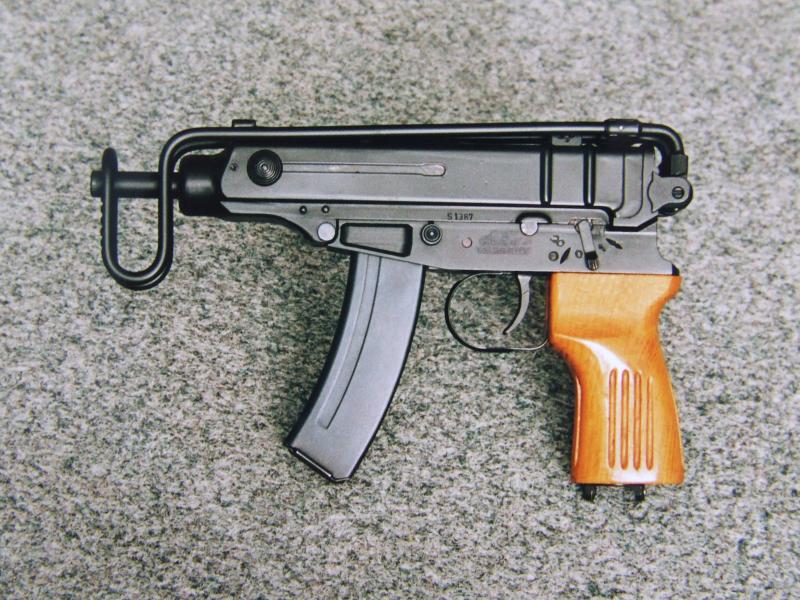
Father of the Scorpion machine guns Miroslav Rybář
After the introduction of the automatic rifle (according to the current terminology of the assault rifle) Sa vz.58 into the army's armament, there was a need to arm commanders, but also scouts, vehicle crews, etc. with a small weapon firing shoulder-fired bursts, which could also be fired with one hand, like a pistol.
The development of the Scorpions for special forces was carried out by Ing. Rybář with a two-year break from 1959 until 1968.
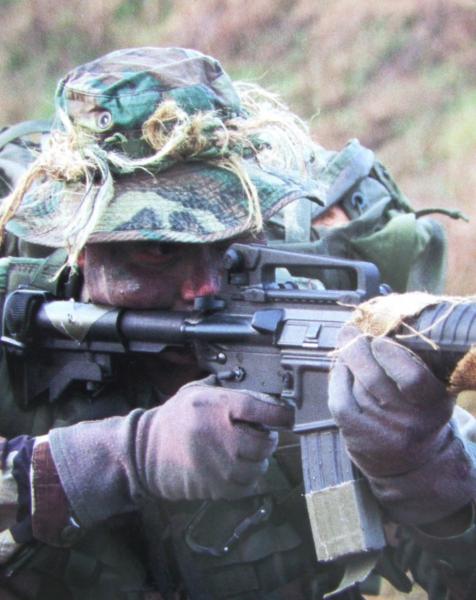
Hybrid automation system
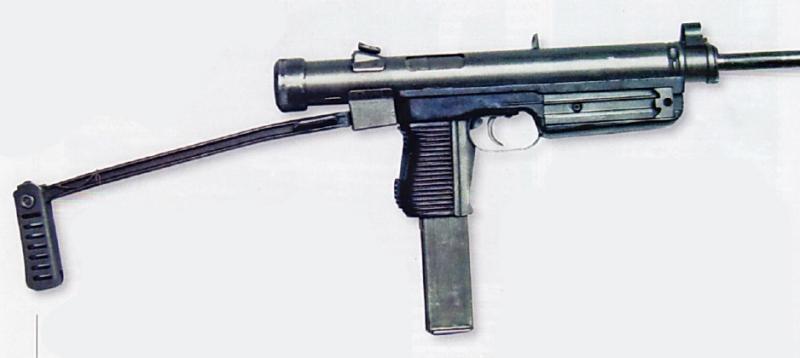
Ing. Jaroslav Holeček - machine guns vz. 23/25 and 24/26
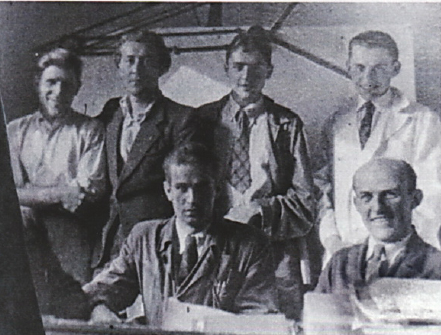
Ing. Jaroslav Holeček - machine guns vz. 23/25 and 24/26 (Part 2)
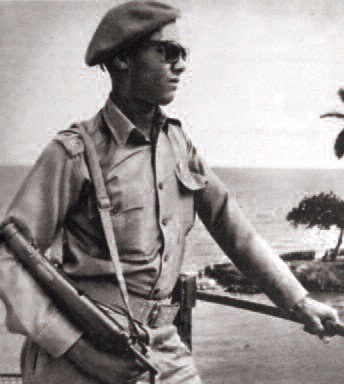
Ing. Jaroslav Holeček and his submachine guns vz. 23/25 and 24/26 - Part 1
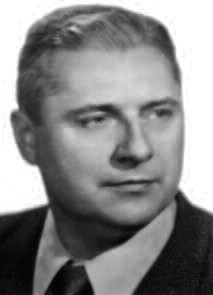
Ing. Jaroslav Holeček and his submachine guns vz. 23/25 and 24/26 - Part 2
LM vz. 58 Sa - vz. 58 without a firearms license
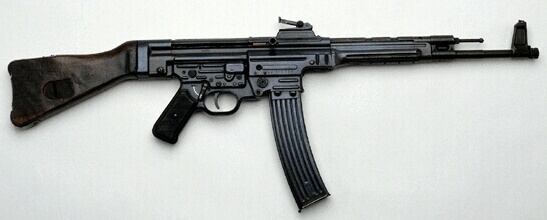
Maschinenpistole 43
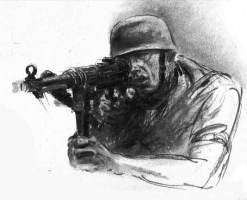
MP 40
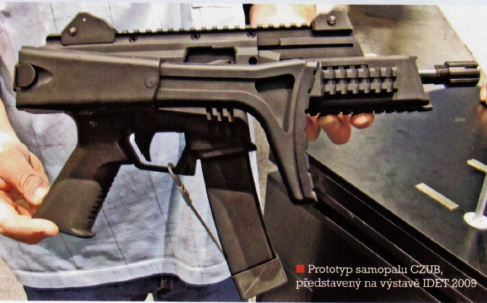
New weapons for the Czech army Part III
The contract was awarded directly by CZUB by a government decision from autumn 2008 - surprisingly without publication.
Albania (ALB)
Category for submachine guns from AlbaniaArgentina (ARG)
Category for submachine guns from ArgentinaArmenia (ARM)
Category for submachine guns from ArmeniaAustralia (AUS)
Category for submachine guns from AustraliaBelgium (BEL)
Category for submachine guns from BelgiumBrazil (BRA)
Category for submachine guns from BrazilBulgaria (BGR)
Category for submachine guns from BulgariaCzech Republic / Czechoslovakia (CZE)
Category for submachine guns from Czech Republic / CzechoslovakiaPeople's Republic of China (CHN)
Category for submachine guns from People's Republic of ChinaRepublic of China / Taiwan (ROC / TWN)
Category for submachine guns from Republic of China / TaiwanDenmark (DNK)
Category for submachine guns from DenmarkEgypt (EGY)
Category for submachine guns from EgyptEstonia (EST)
Category for submachine guns from EstoniaFinland (FIN)
Category for submachine guns from FinlandFrance (FRA)
Category for submachine guns from FranceChile (CHL)
Category for submachine guns from ChileCroatia (HRV)
Category for submachine guns from CroatianIndonesia (IDN)
Category for submachine guns from IndonesiaItaly (ITA)
Category for submachine guns from ItalyIsrael (ISR)
Category for submachine guns from IsraelJapan (JPN)
Category for submachine guns from JapanRepublic of South Africa (ZAF)
Category for submachine guns from Republic of South AfricaYugoslavia (YUG)
Category for submachine guns from YugoslaviaPeople's Republic of Korea (PRK)
Category for submachine guns from People's Republic of KoreaRepublic of Korea (KOR)
Category for submachine guns from Republic of KoreaLuxemburg (LUX)
Category for submachine guns from LuxemburgHungary (HUN)
Category for submachine guns from HungaryMexico (MEX)
Category for submachine guns from MexicoMyanmar (MMR)
Category for submachine guns from MyanmarGermany (DEU)
Category for submachine guns from GermanyPeru (PER)
Category for submachine guns from PeruPoland (POL)
Category for submachine guns from PolandPortugal (PRT)
Category for submachine guns from PortugalAustria / Austria-Hungary (AUT / RUM)
Category for submachine guns from Austria / Austria-HungaryRomania (ROM)
Category for submachine guns from RomaniaRussia / Soviet Union (RUS / SOV)
Category for submachine guns from Russia / Soviet UnionGreece (GRK)
Category for submachine guns from GreeceSingapore (SGP)
Category for submachine guns from SingaporeSlovakia (SVK)
Category for submachine guns from SlovakiaSlovenia (SVN)
Category for submachine guns from SloveniaUnited Arab Emirates (ARE)
Category for submachine guns from United Arab EmiratesUnited Kingdom (GBR)
Category for submachine guns from United Kingdom of Great Britain and Northern IrelandUnited States of America (USA)
Category for submachine guns from United States of AmericaSpain (ESP)
Category for submachine guns from SpainSweden (SWE)
Category for submachine guns from SwedenSwitzerland (CHE)
Category for submachine guns from SwitzerlandUkraine (UKR)
Category for submachine guns from UkraineVietnam (VNM)
Category for submachine guns from VietnamJoin us
We believe that there are people with different interests and experiences who could contribute their knowledge and ideas. If you love military history and have experience in historical research, writing articles, editing text, moderating, creating images, graphics or videos, or simply have a desire to contribute to our unique system, you can join us and help us create content that will be interesting and beneficial to other readers.
Find out more